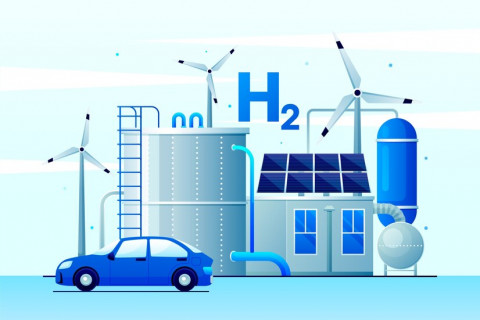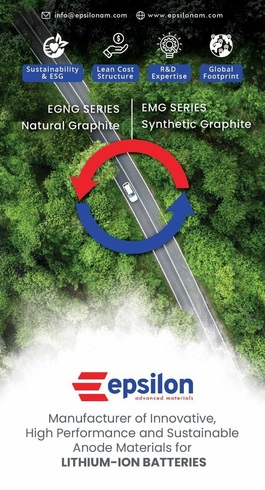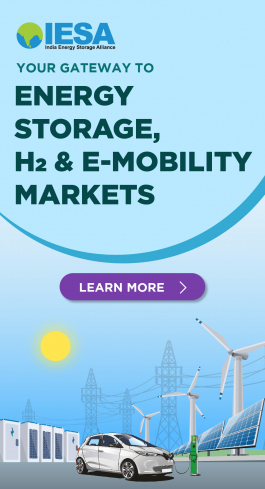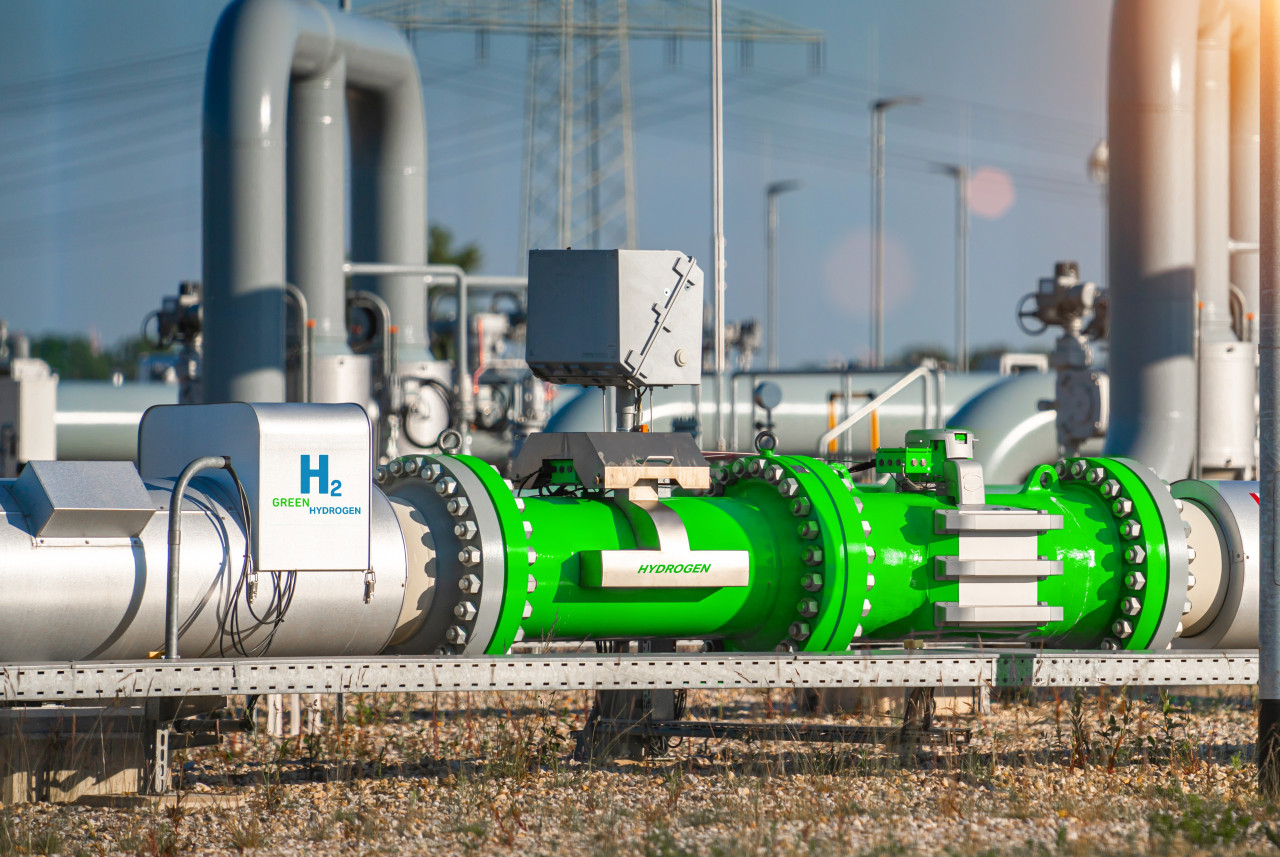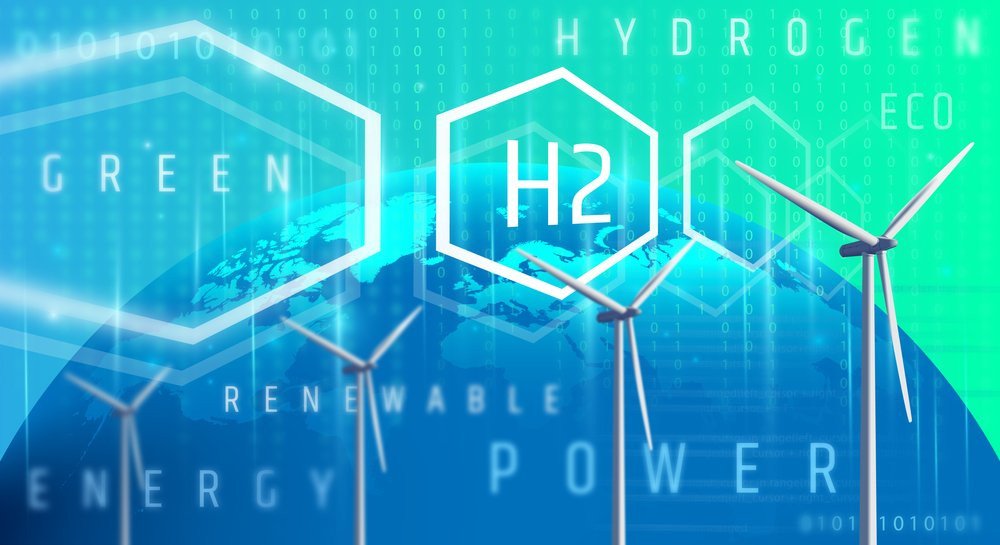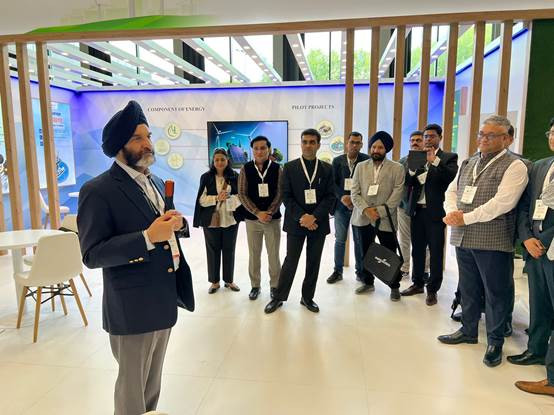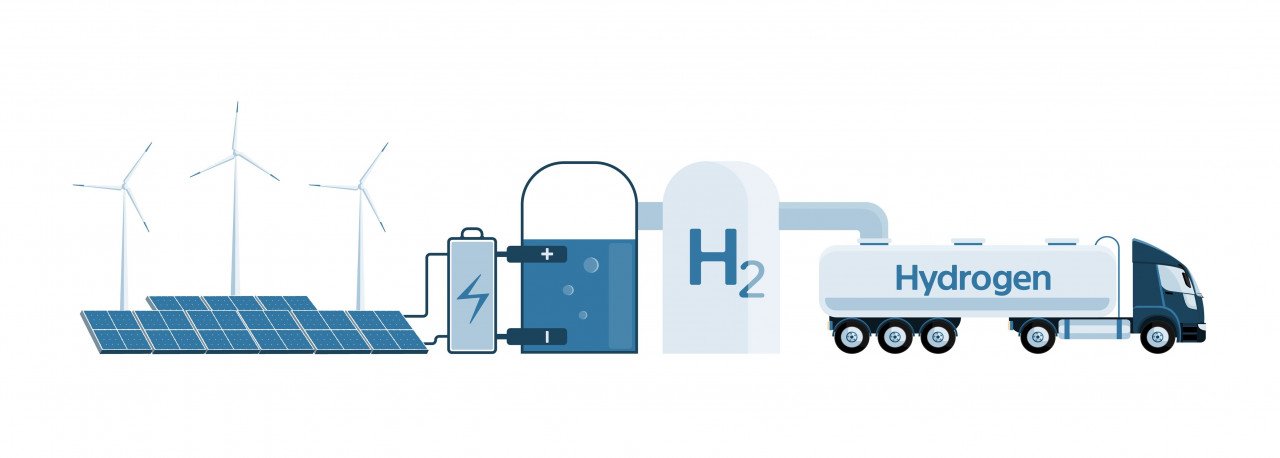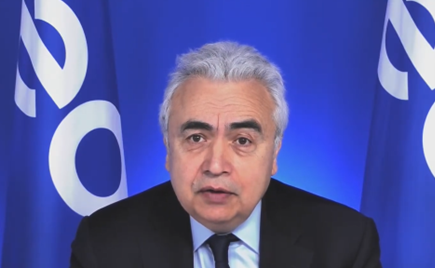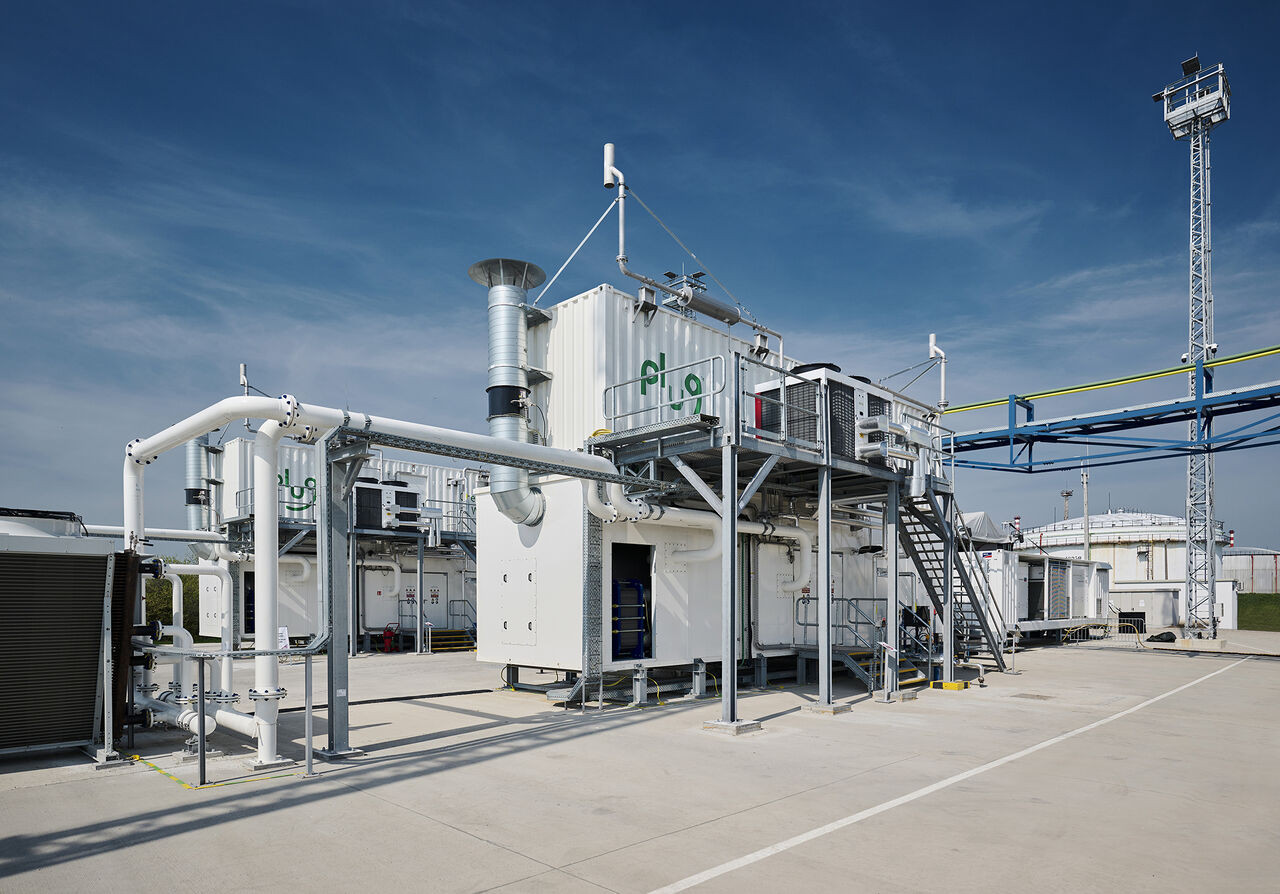Egypt's green hydrogen outreach paying off in a big way
Egypt is currently anticipating a pipeline of green hydrogen and green ammonia project investments worth $83 billion from international developers, with over 20 MoUs being racked up to make the country a hydrogen hub in the MENA region.
Last month, the Egyptian government signed a framework agreement worth $6.75 billion with the Chinese developer Energy China for building green hydrogen and green ammonia plants in the Sokhna Industrial zone within the larger Suez Canal Economic Zone (SCZONE). Reported as Energy China's first overseas H2 project with an annual production capacity of 210,000 tons of hydrogen and 1.2 million tons ammonia, the construction is reported to commence from May 2024.
The concluded hydrogen project deal is just the tip of a humongous ice berg. Ever since last year's COP 27 event that turned out to be a watershed moment for global recognition of Egypt's green hydrogen potentials, the country is on a phenomenal outreach to foreign developers to woo them to tap its abundant wind and solar energy resources to make hydrogen, and leverage Egypt's geographic and logistical advantages to export H2 to Europe and other global markets.
RELATED: EIB study confirms €1 trillion Africa's Green Hydrogen potential by 2035
As per media reports, Egyptian prime minister Mostafa Madbouly said in August this year that more than 20 MOUs with major companies are being worked upon in the green hydrogen sector. The country is currently sitting on $83 billion-worth of projects pipeline in this regard, stacking up to about 15 million tons of green ammonia and e-methane production annually.
As of September this year, about eight framework agreements are signed and license granted to two multi-GW green hydrogen projects worth $5.5 billion in the industrial zone of Ain Sokhna in the SCZONE, along with a 100MW "Egypt Green" project. The government has also announced tax credits of up to 55 percent for green hydrogen investments in the country, while a Carbon Contracts for Difference (CCfD) scheme is being considered to boost the sector.
RELATED: bp exploring potential for green H2 production in Egypt
Apart from the SCZONE, Egypt is also bullish on developing the Jarjoub (also spelled as Gargoub) post region in the Mediterranean coast for green hydrogen production and exports. Once built, this will be the country's closest port to the Europe, which is likely to be the immediate and most-demanding export market for the Egypt-made hydrogen.
The government is reportedly in the final stages of concluding a framework agreement with the Belgian developer DEME for establishing a green H2 plant in the Jarjoub port region.
